Nothing beats the first sip of a great cup you made yourself. Brewing at home saves money when coffee shop prices keep climbing and lets you create something that feels like a treat every morning. The aroma fills the kitchen, the mug warms your hands, and it all happens on your schedule. To get that café-level experience at home, it helps to pay attention to the small details that shape flavor and freshness. A few thoughtful habits can turn your daily brew into something rich and memorable without the long lines or steep price tag.

Grinding beans too far in advance
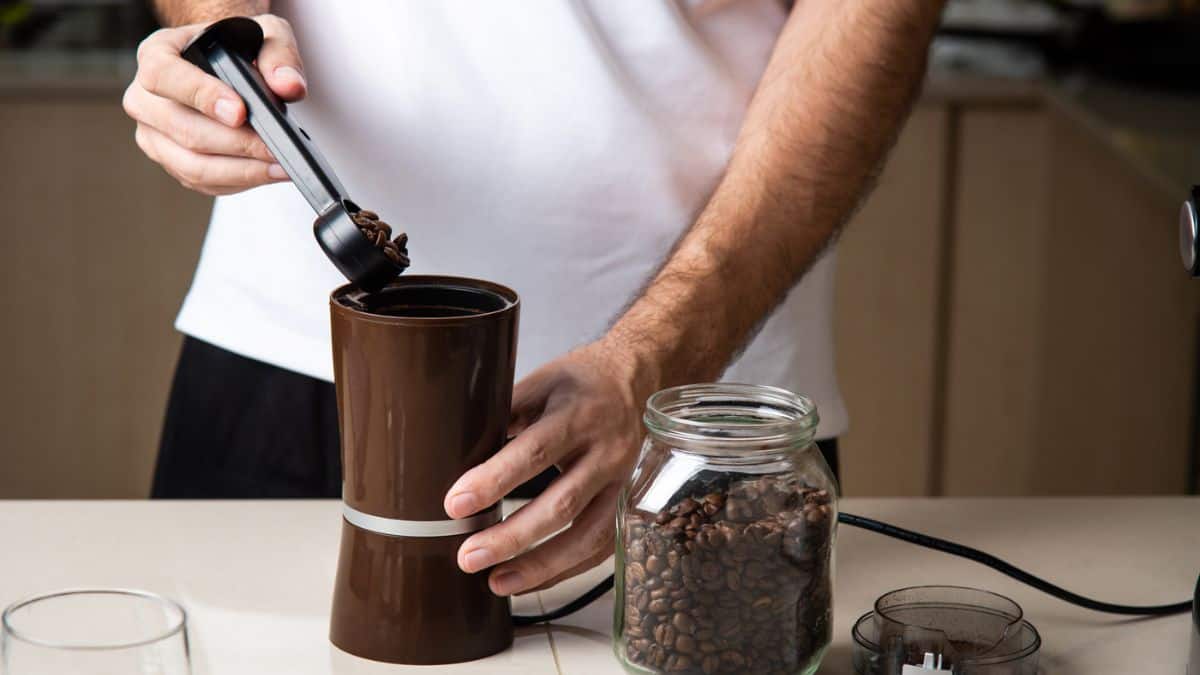
Freshly ground beans release aromatic oils that define a coffee’s character. When coffee is ground and then left exposed to air, those volatile compounds break down quickly, dulling the taste and flattening the aroma. Even a few hours can make a difference. To capture the full spectrum of flavor, keep beans whole until right before brewing and grind only what you need for that pot or cup. A burr grinder set to the correct grind size for your method will ensure an even extraction and a noticeably livelier brew.
Reheating brewed coffee

Leftover coffee often ends up in the microwave, but high heat distorts its delicate chemical balance. Reheating encourages oxidation and brings out bitterness while erasing the nuanced notes you tasted in the first pour. Instead of microwaving, brew a fresh cup if you want hot coffee later, or store the first pot in a thermal carafe that holds heat without burning the liquid. This simple change keeps each sip smooth and aromatic.
Adding too much sugar

A small amount of sugar can highlight certain flavors, but heavy sweetness smothers the natural character of the beans. When the cup is loaded with spoonfuls of sugar or flavored syrups, the subtle acidity, floral tones, and chocolate or caramel notes never reach the palate. If you enjoy a little sweetness, add it gradually and taste as you go, or try naturally sweet additions like lightly steamed milk. This lets the coffee itself remain the star.
Over-brewing coffee
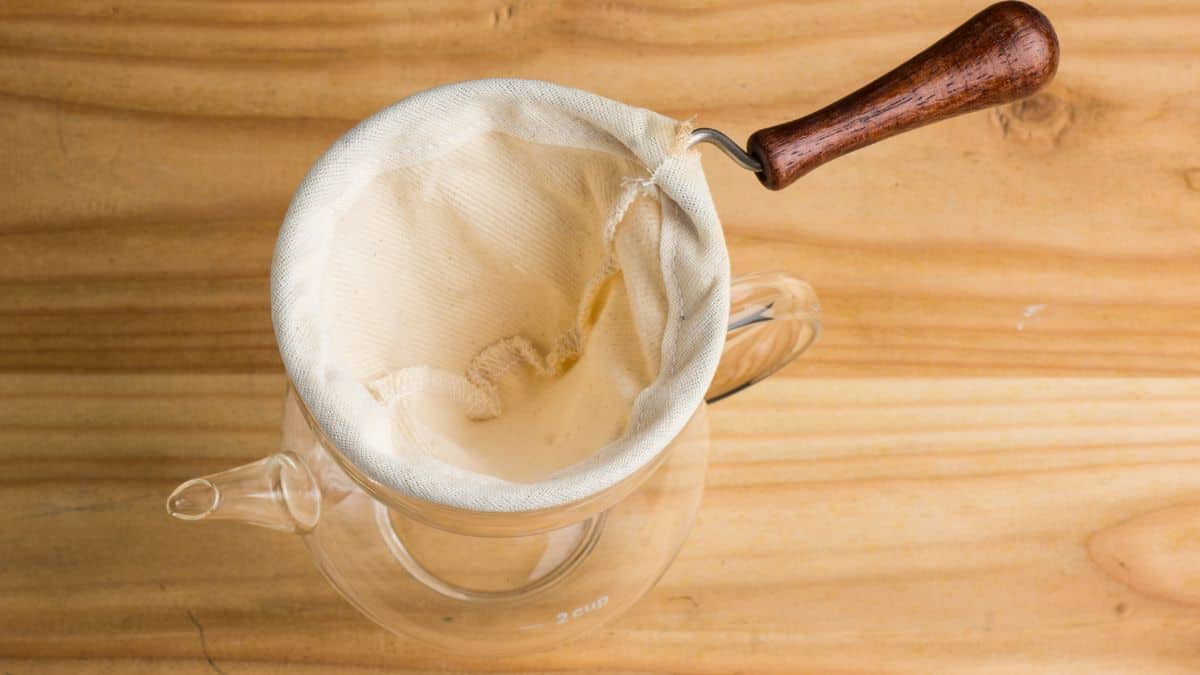
Brew time directly affects how flavors are extracted from the grounds. Leaving coffee in contact with water for too long leaches out bitter compounds and results in a harsh, astringent taste. Brewing too briefly can leave the cup thin and sour. Whether you use a French press, pour-over, or drip machine, aim for the recommended range which is typically around four to five minutes and adjust your grind size so water flows at the right pace for your chosen method.
Storing beans in the freezer

Freezing coffee beans sounds like a smart way to lock in freshness, but the cold can create condensation each time the container is opened. Moisture seeps into the beans and damages their flavor and aroma. A better approach is to keep beans in an airtight, opaque container in a cool, dark cupboard. Buy only what you can brew within a couple of weeks so the beans stay at their best without the freezer’s temperature swings.
Using tap water

Because coffee is mostly water, the quality of that water matters as much as the beans themselves. Hard tap water or water with strong chlorine or mineral flavors can overpower delicate tasting notes. For a cleaner brew, use filtered or spring water heated to the ideal range of about 195 to 205 degrees Fahrenheit. This temperature allows proper extraction without scalding the grounds, giving you a balanced cup every time.
Overloading on flavored syrups

Flavored syrups may smell appealing, but they often overwhelm coffee’s natural complexity. Heavy pours of caramel or vanilla can coat the palate in sweetness and hide the unique qualities of carefully roasted beans. If you like a touch of flavor, use a small splash and let the coffee’s own aromas shine through. That way you’ll taste the beans as the roaster intended.
Brewing with stale beans
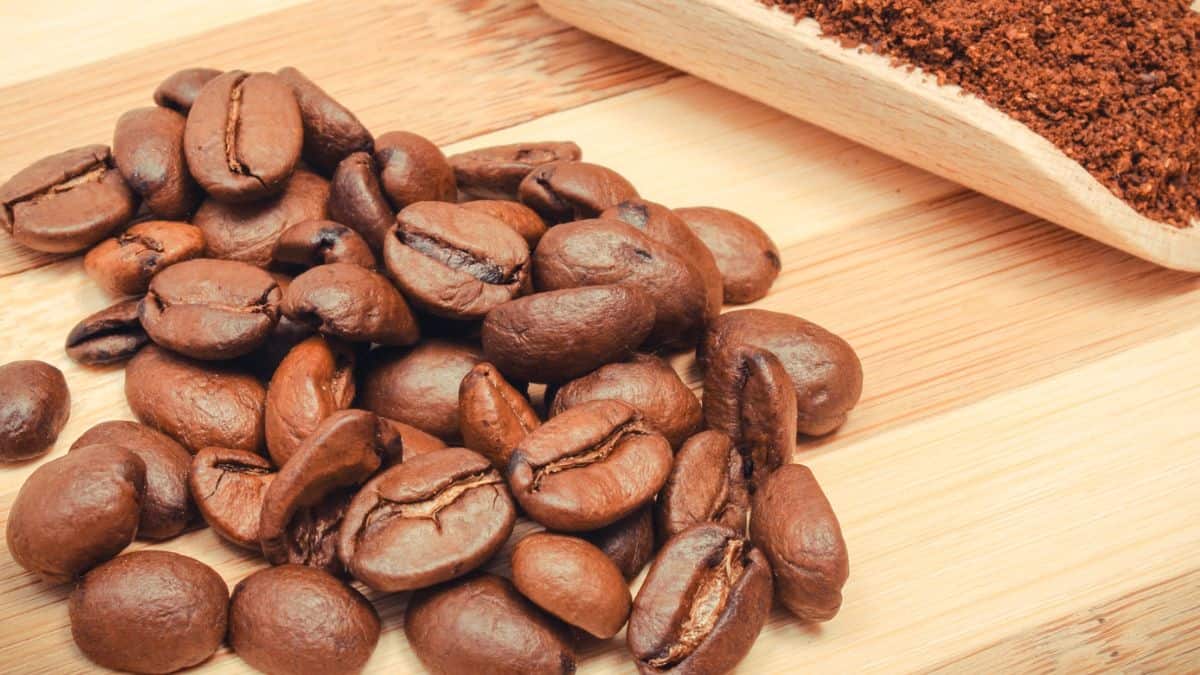
Coffee beans start losing their best qualities soon after roasting. As weeks pass, the aromatic oils that create lively flavors break down, leaving a cup that tastes flat or cardboard-like. Check roast dates before buying and purchase amounts you can use within two to three weeks. Storing beans in an airtight container away from light and heat will help preserve their freshness until you’re ready to grind.
Skimping on coffee grounds

Stretching your coffee supply by using too few grounds leads to an under-extracted brew that tastes weak and watery. The widely accepted guideline is about one to two tablespoons of coffee per six ounces of water, but your exact measure may vary with the brewing method. Using the right ratio ensures a balanced cup with full flavor and proper body.
Using water that’s too hot
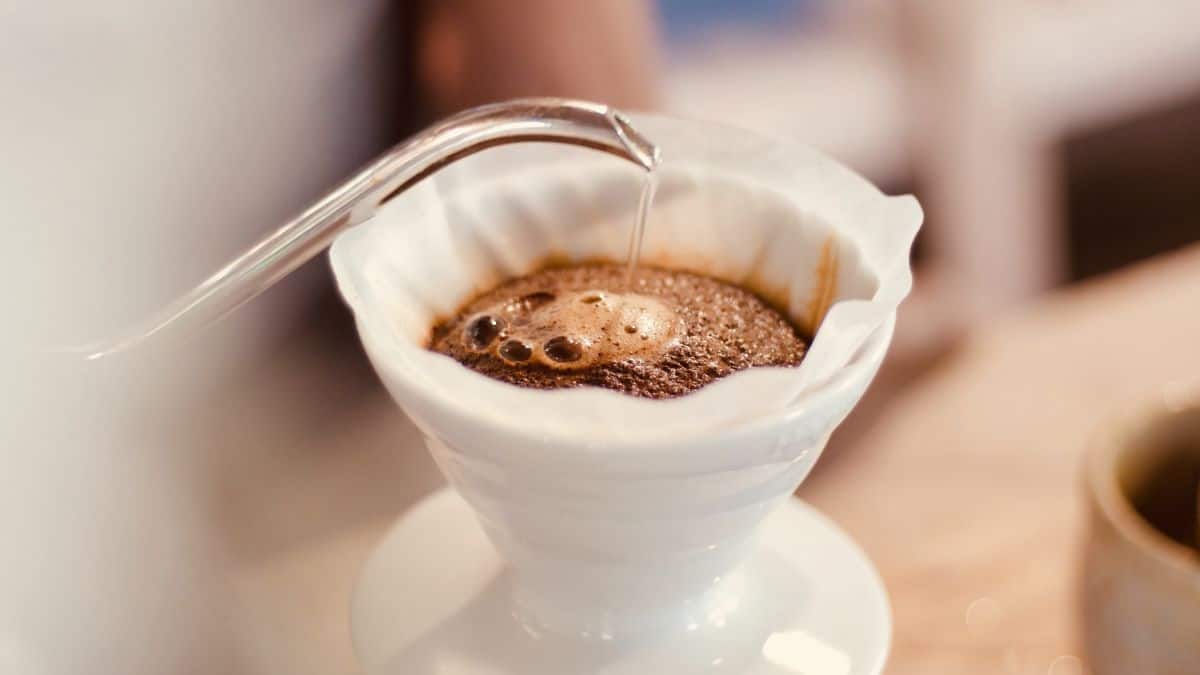
Water that’s boiling can scorch the coffee grounds, pulling out bitter compounds and leaving a burnt taste. Aim for water between 195 and 205 degrees Fahrenheit. This temperature range extracts flavor evenly and highlights the natural sweetness and complexity of the beans without over-extracting the bitter elements.
Neglecting to clean equipment

Coffee oils and fine particles build up inside brewing equipment and carafes over time. These residues can become rancid and introduce unpleasant flavors into every pot. Rinse and wipe equipment after each use and give it a deeper clean at least weekly with mild soap or a coffee maker cleaner. Regular maintenance keeps flavors pure and your brewer running smoothly.
Relying on artificial creamers

Many commercial creamers contain added sugars and artificial flavors that mask the coffee itself. They can also leave a heavy film on the palate. For creaminess that complements rather than hides, use fresh milk, half-and-half, or a simple homemade dairy-free option. These choices enrich the cup without burying its natural character.
Ignoring grind size
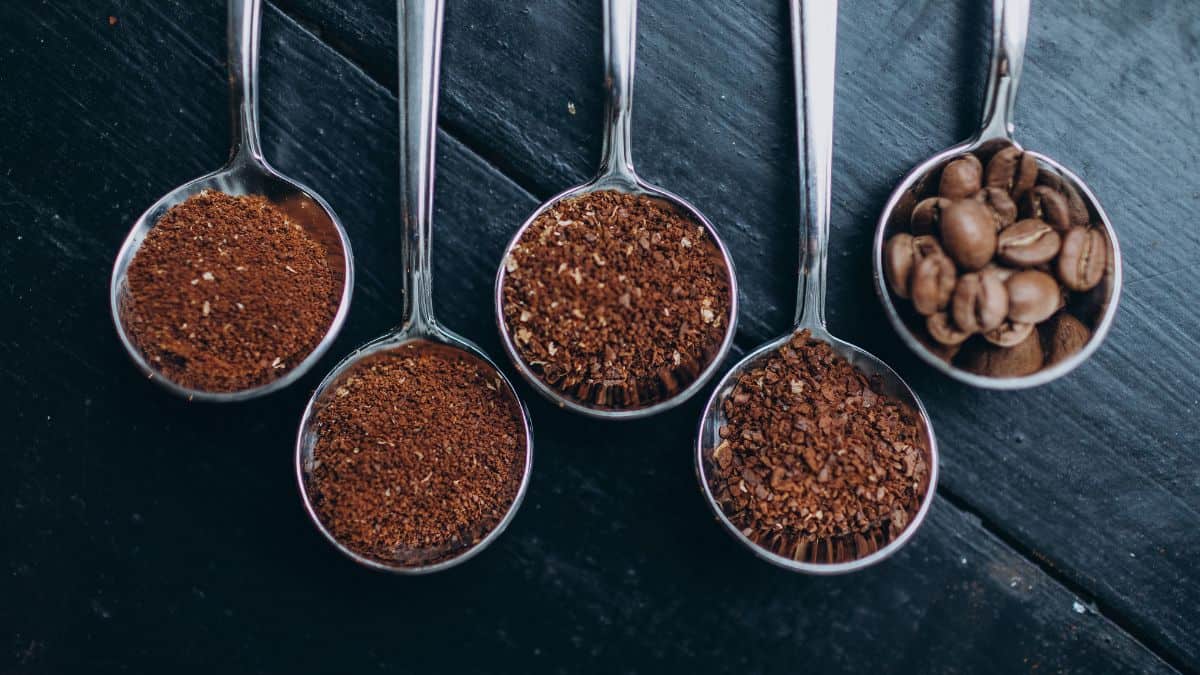
Grind size must match the brewing method to achieve even extraction. Grounds that are too coarse for espresso lead to thin, sour shots, while overly fine grounds for French press produce a cloudy, over-extracted brew. Invest in a burr grinder and learn the proper setting for each method so water and grounds interact for just the right amount of time.
Depending on coffee pods
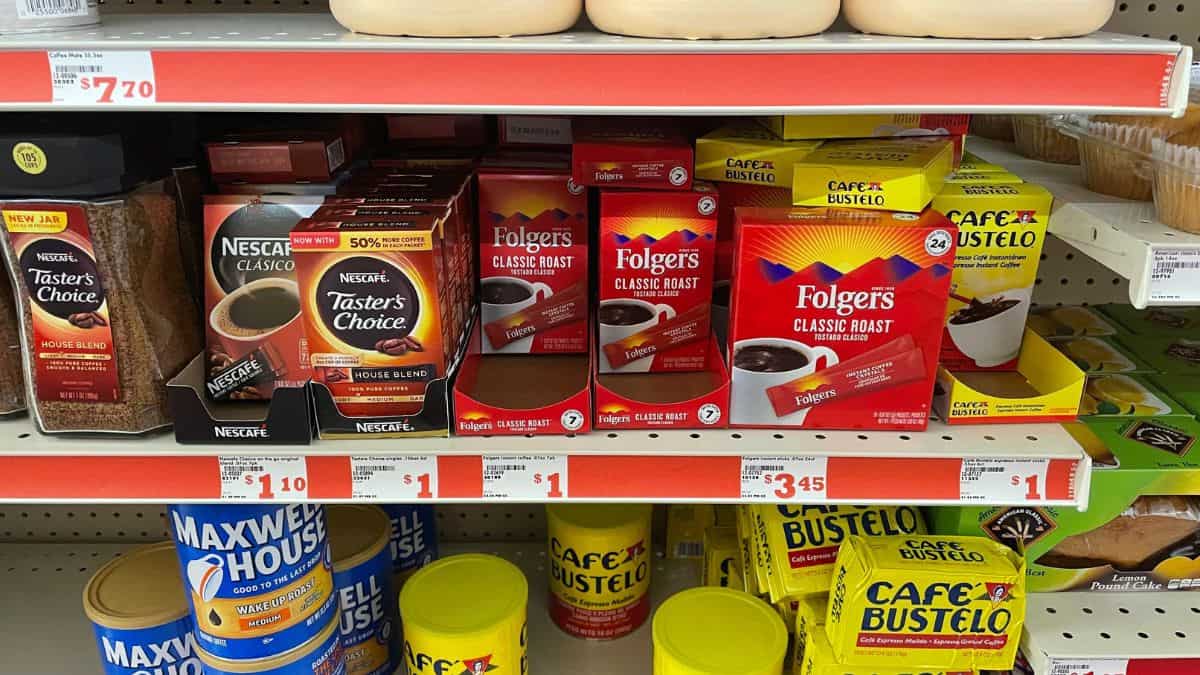
Single-serve pods may be convenient, but they often contain lower-grade pre-ground coffee and limit control over strength and extraction. The result is a drinkable but bland cup. If convenience is key, look for refillable pods that let you grind fresh beans, or choose a manual brewing method like AeroPress that delivers speed and flavor.
Letting brewed coffee sit too long
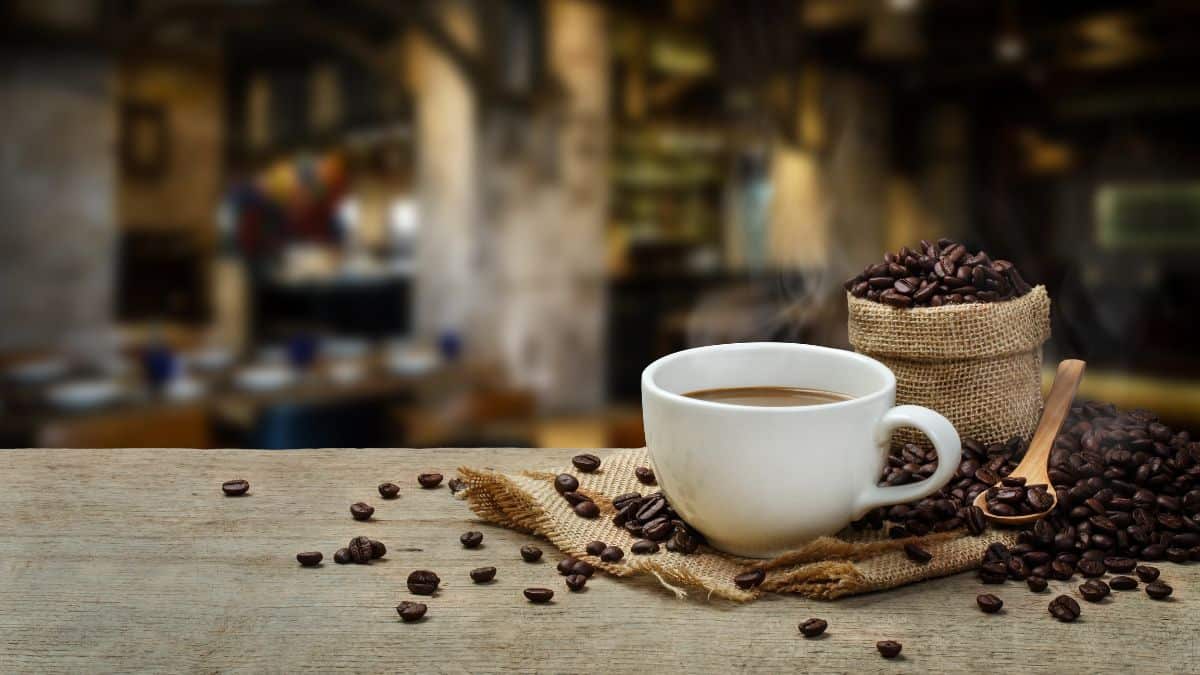
Freshly brewed coffee quickly loses its balance when it sits. Heat and oxygen change its chemistry, creating bitterness and stale aromas. Instead of leaving a pot on a warming plate, pour the coffee into an insulated carafe to maintain temperature without cooking it further. For the best taste and aroma, drink within 30 minutes of brewing.
11 Cities That Every Coffee Lover Should Check Off Their List

If you’re a coffee lover, there’s nothing quite like exploring a city that shares your passion for a great brew. This list of must-visit cities offers the ultimate coffee experiences where the beverage is much more than just a quick drink; it’s part of the city’s heartbeat. Venture through streets steeped in tradition and modern innovation alike, each cup promising a unique blend of local flavors and history. Grab your travel mug and take an unforgettable journey through the world’s best coffee cities.
Read it Here: 11 Cities That Every Coffee Lover Should Check Off Their List
If You’re Doing This At The Coffee Shop, You’re Annoying Everyone

We’ve all been there—trying to enjoy a quiet cup of coffee, only to be disrupted by someone’s annoying habits. Loud phone calls, hogging the Wi-Fi for hours, or rearranging the entire seating area for their own comfort, some people just don’t get it. If you’re wondering if you’re one of the culprits, read on. Here are the top coffee shop behaviors that are driving everyone else up the wall, especially the baristas.
Read it Here: If You’re Doing This At The Coffee Shop, You’re Annoying Everyone
*Select images provided by Depositphotos.
Gina Matsoukas is an AP syndicated writer. She is the founder, photographer and recipe developer of Running to the Kitchen — a food website focused on providing healthy, wholesome recipes using fresh and seasonal ingredients. Her work has been featured in numerous media outlets both digital and print, including MSN, Huffington post, Buzzfeed, Women’s Health and Food Network.








